International Strategy Case Study: Risk Assessment of Biosata Organics
VerifiedAdded on 2022/10/10
|18
|1662
|332
Report
AI Summary
This report presents a comprehensive risk assessment of Biosata Organics Pty Ltd, an Australian honey producer, focusing on the challenges and opportunities associated with international expansion and export. The analysis delves into the Australian honey industry, highlighting key factors such as weather dependency, bee health, and market dynamics. The report identifies various risks faced by Biosata Organics, including compliance issues, food safety concerns, and competition. It employs PESTEL analysis to examine the political, economic, social, technological, environmental, and legal factors affecting the business. Furthermore, Porter's Five Forces framework is utilized to assess the competitive landscape, including threats from new entrants, substitutes, competitive rivalry, and the bargaining power of suppliers and customers. The report also recommends specific risk mitigation strategies, such as product diversification, supply chain optimization, and marketing strategies, to enhance Biosata Organics' competitive advantage and ensure sustainable growth. The impact of environmental factors and potential expansion into the Chinese market are also discussed.
1 out of 18
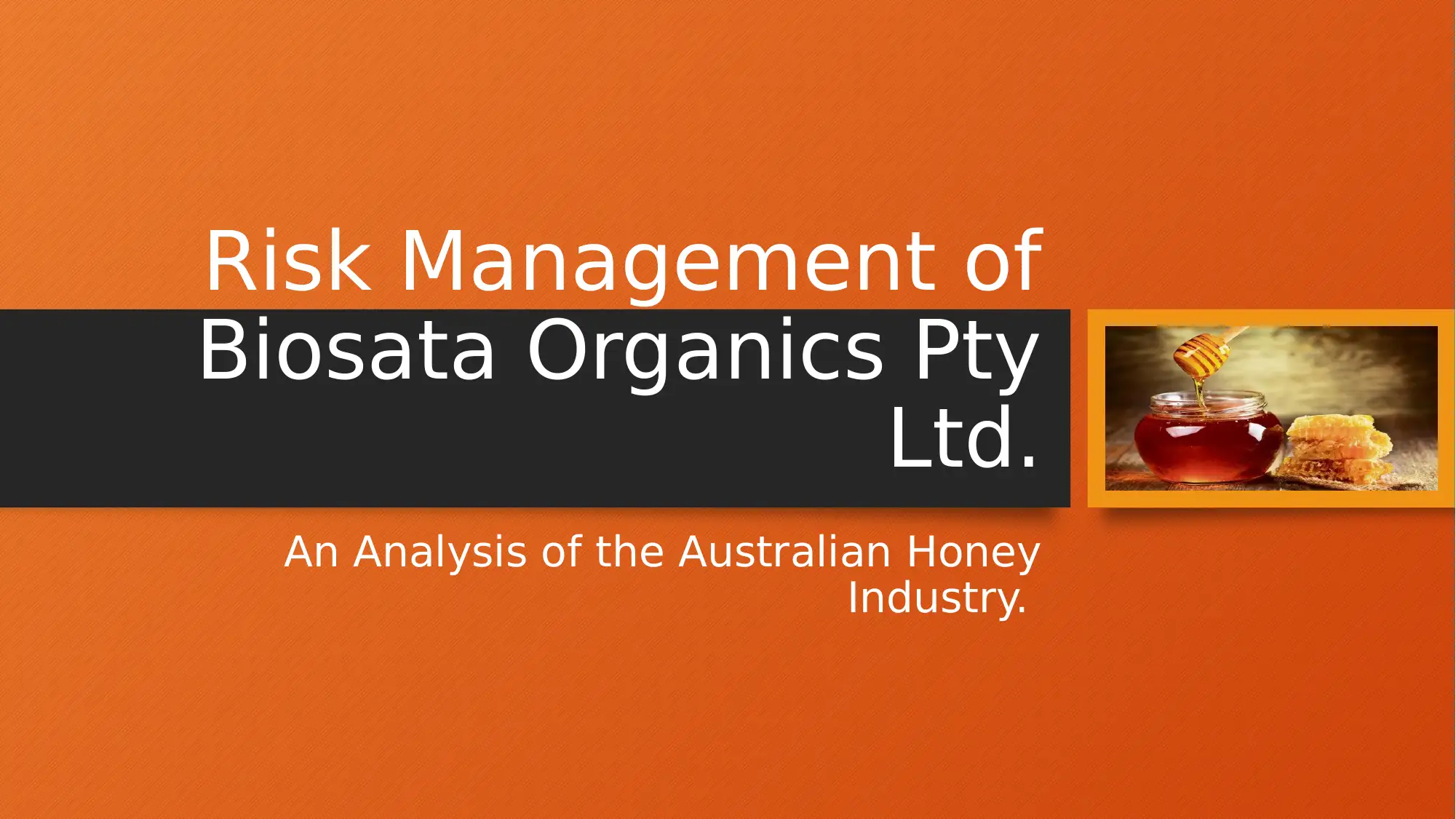
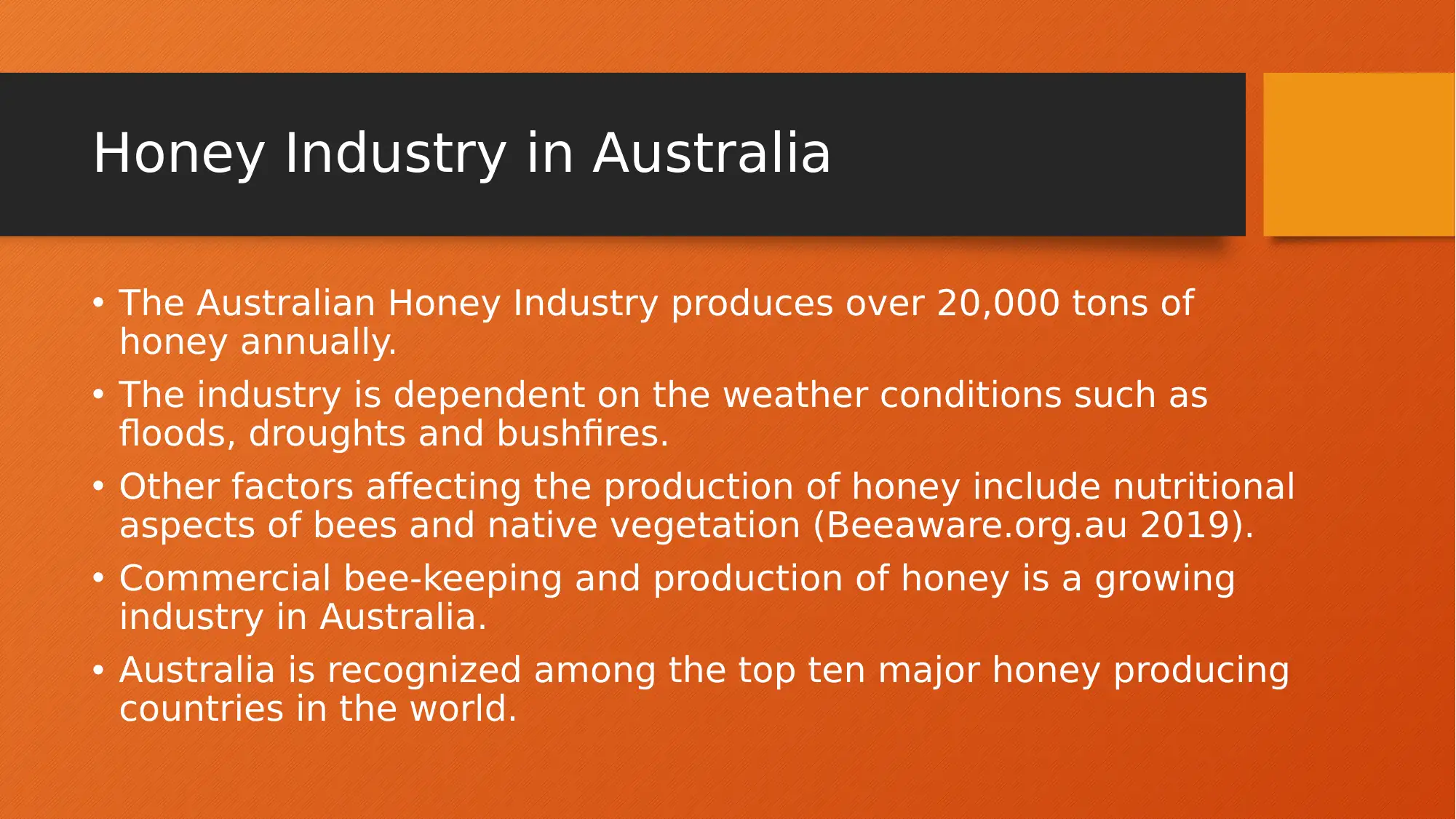
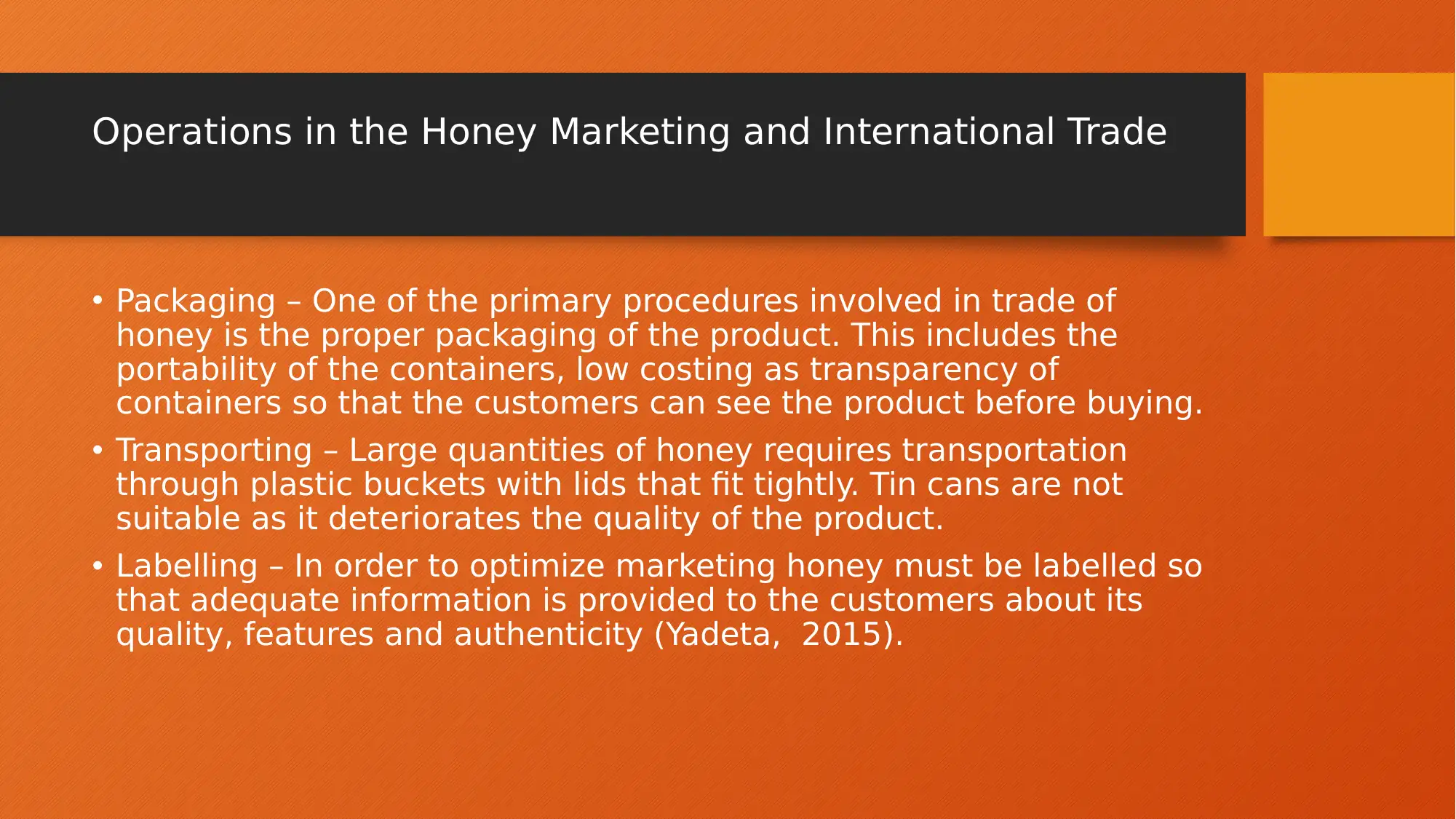

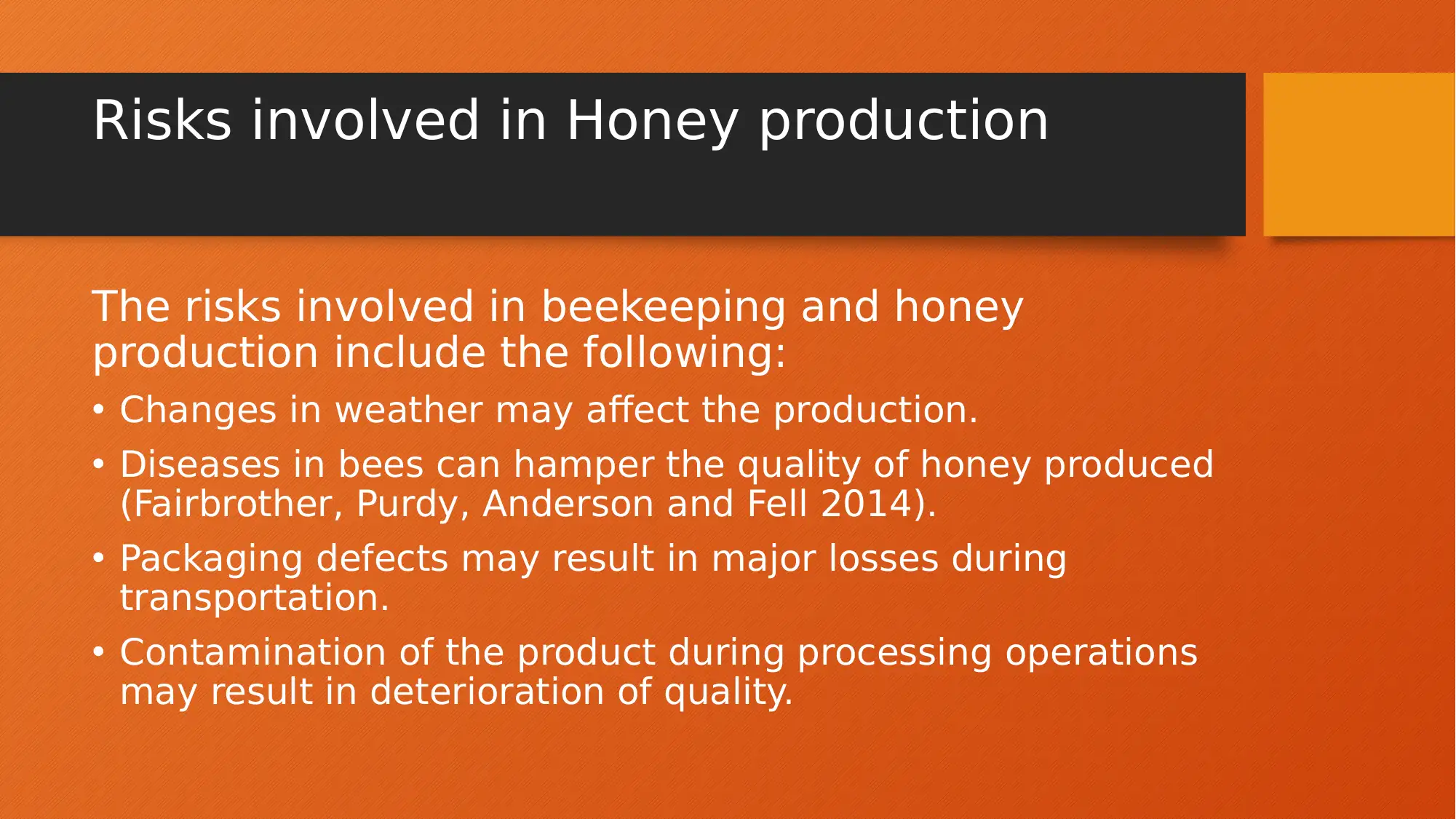
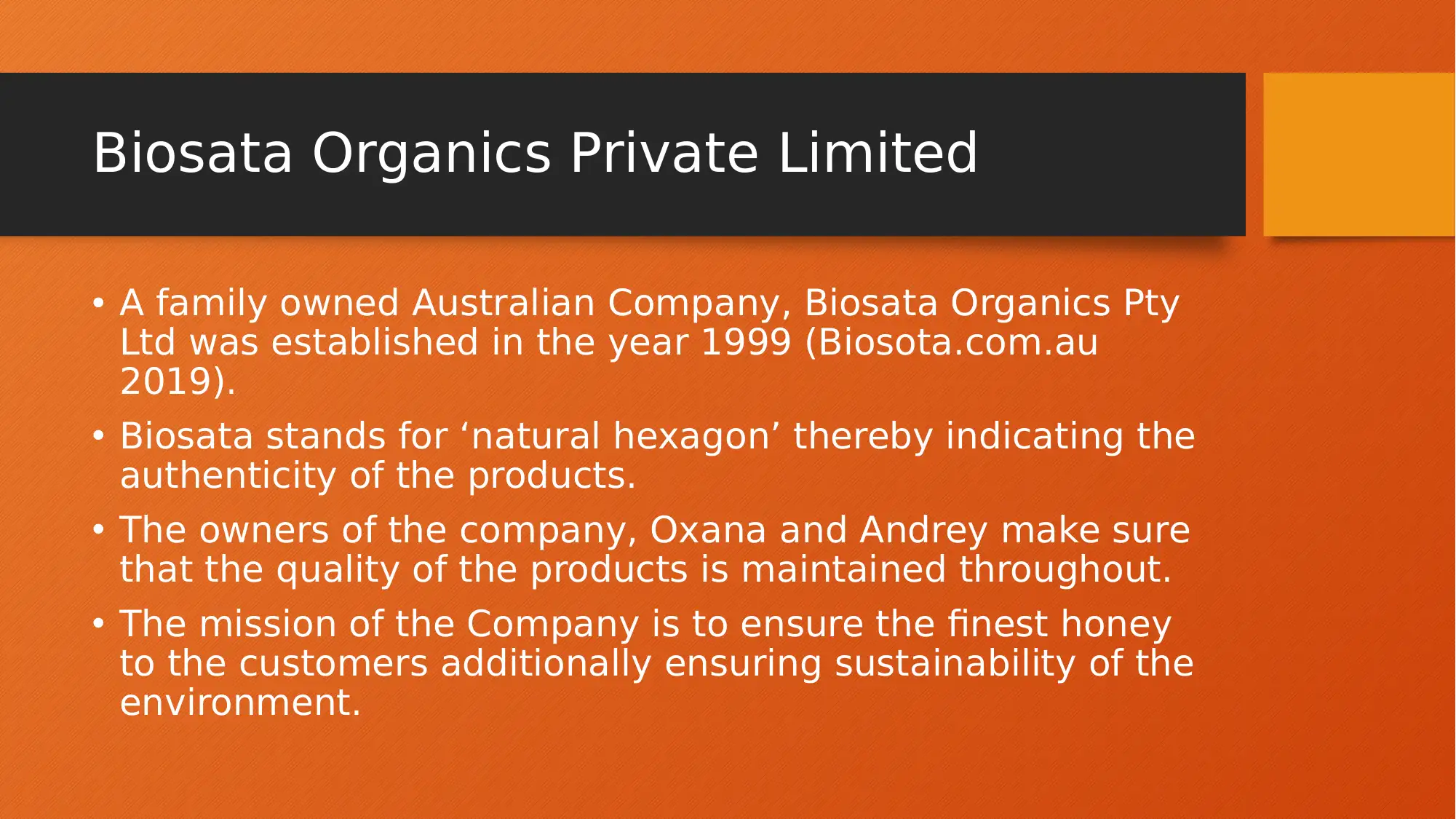
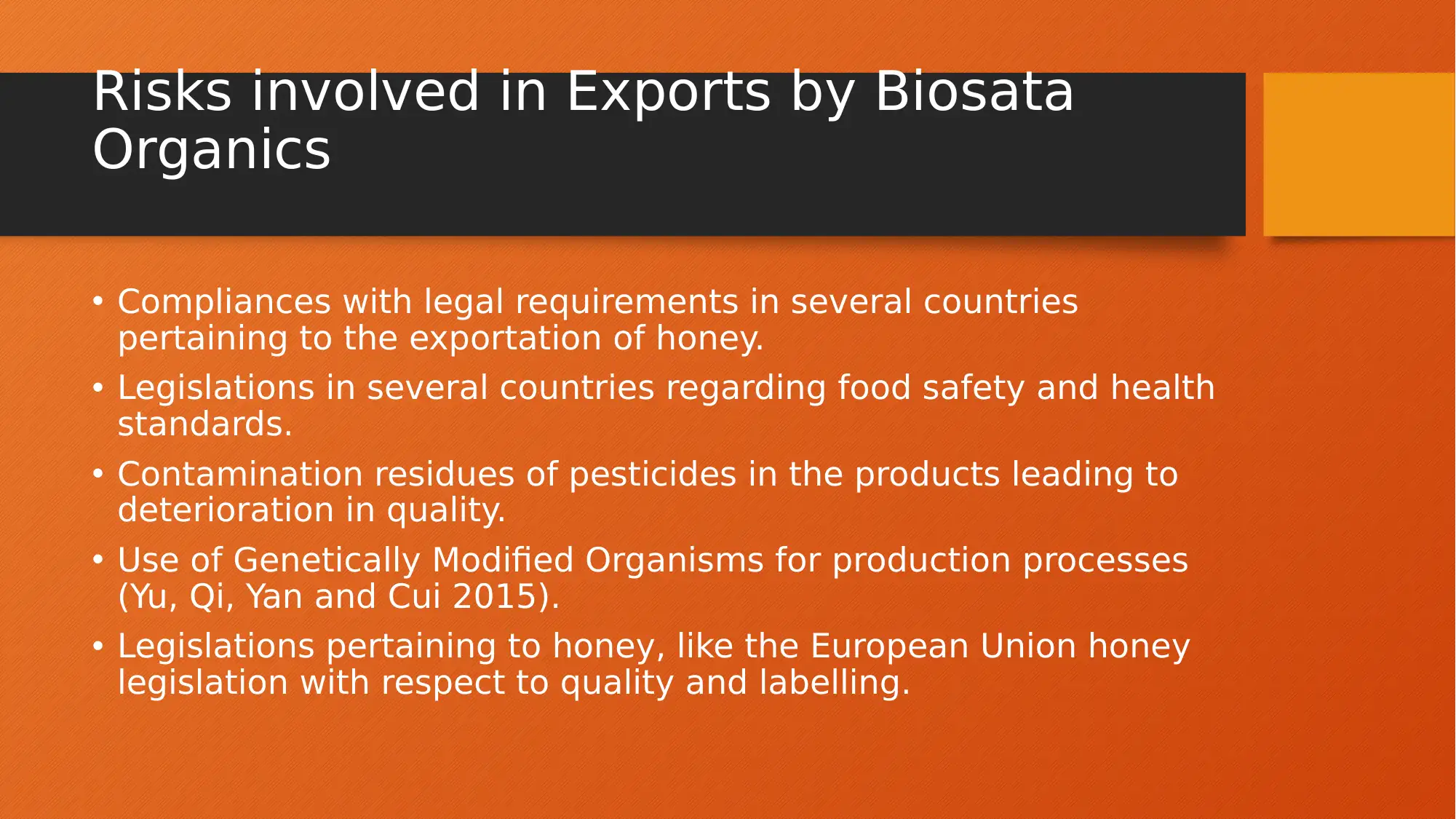
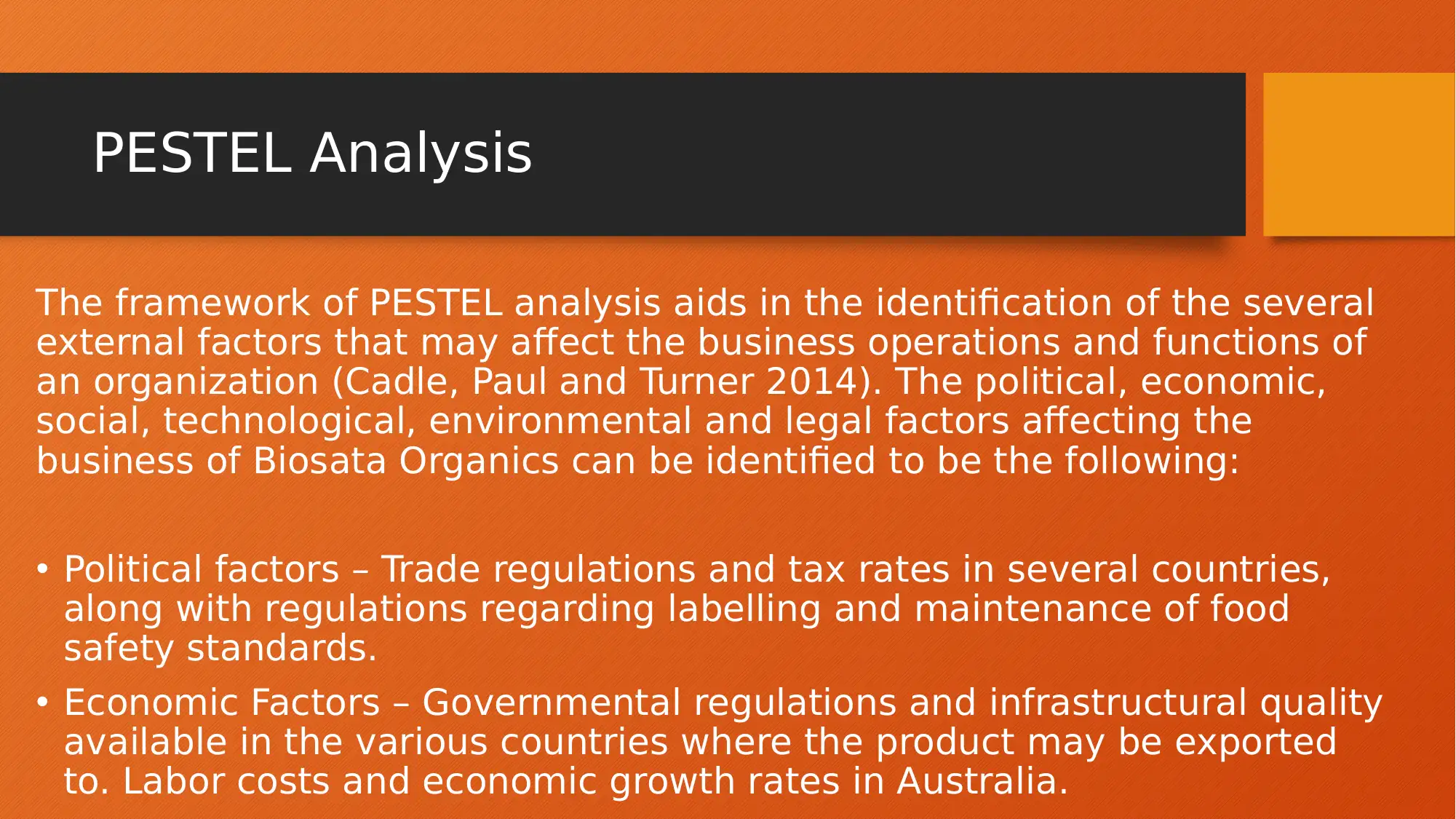
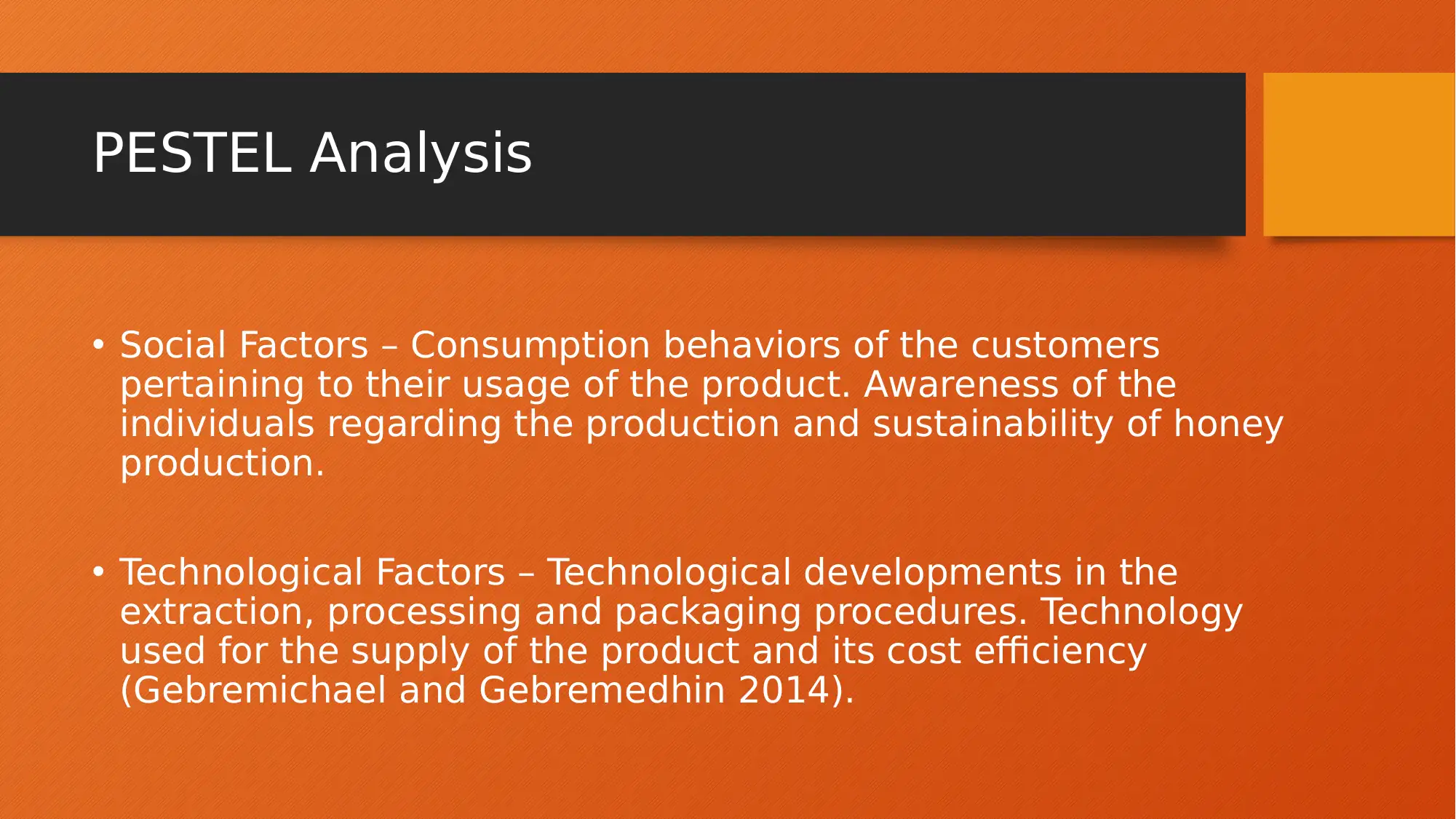
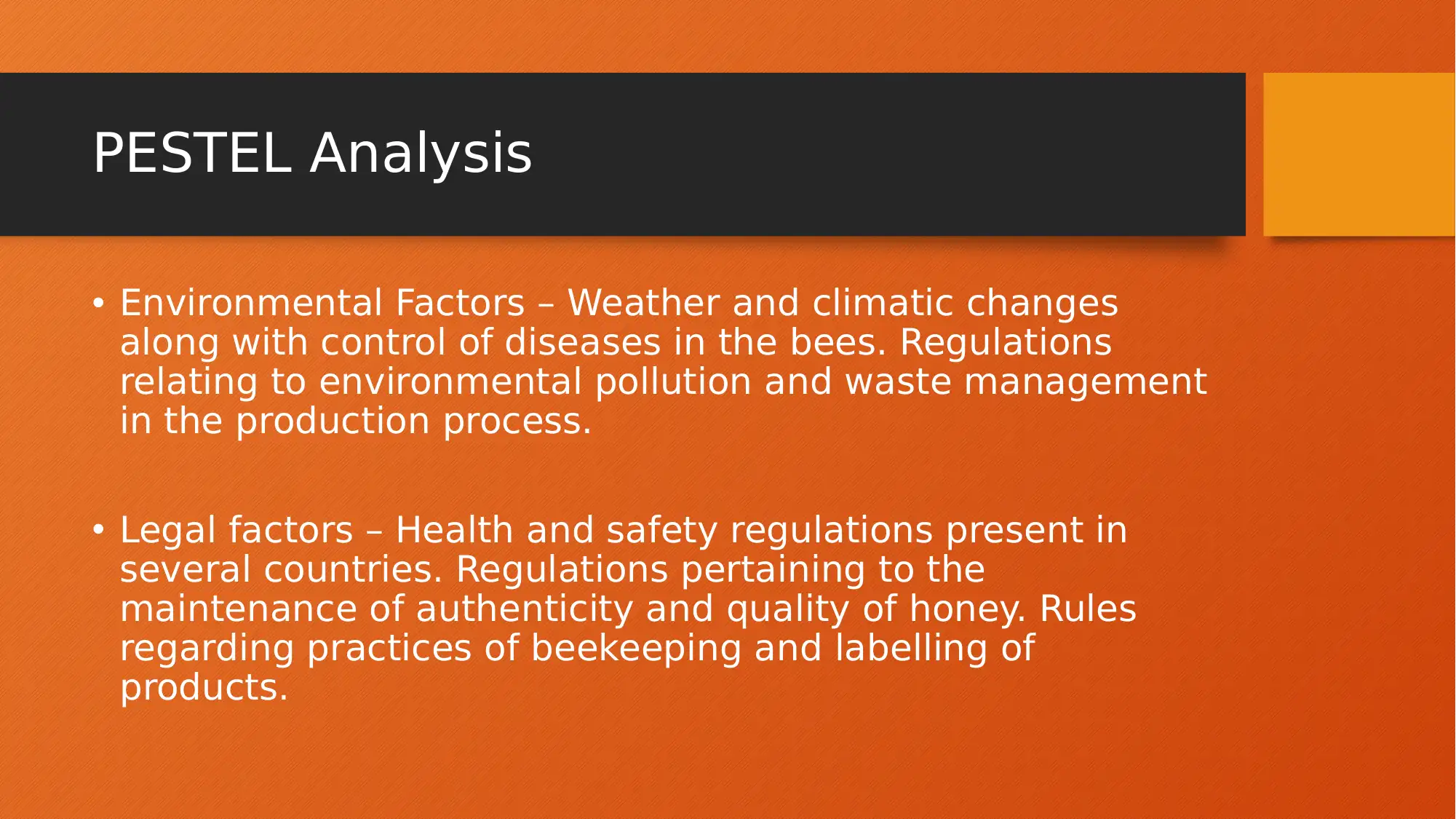
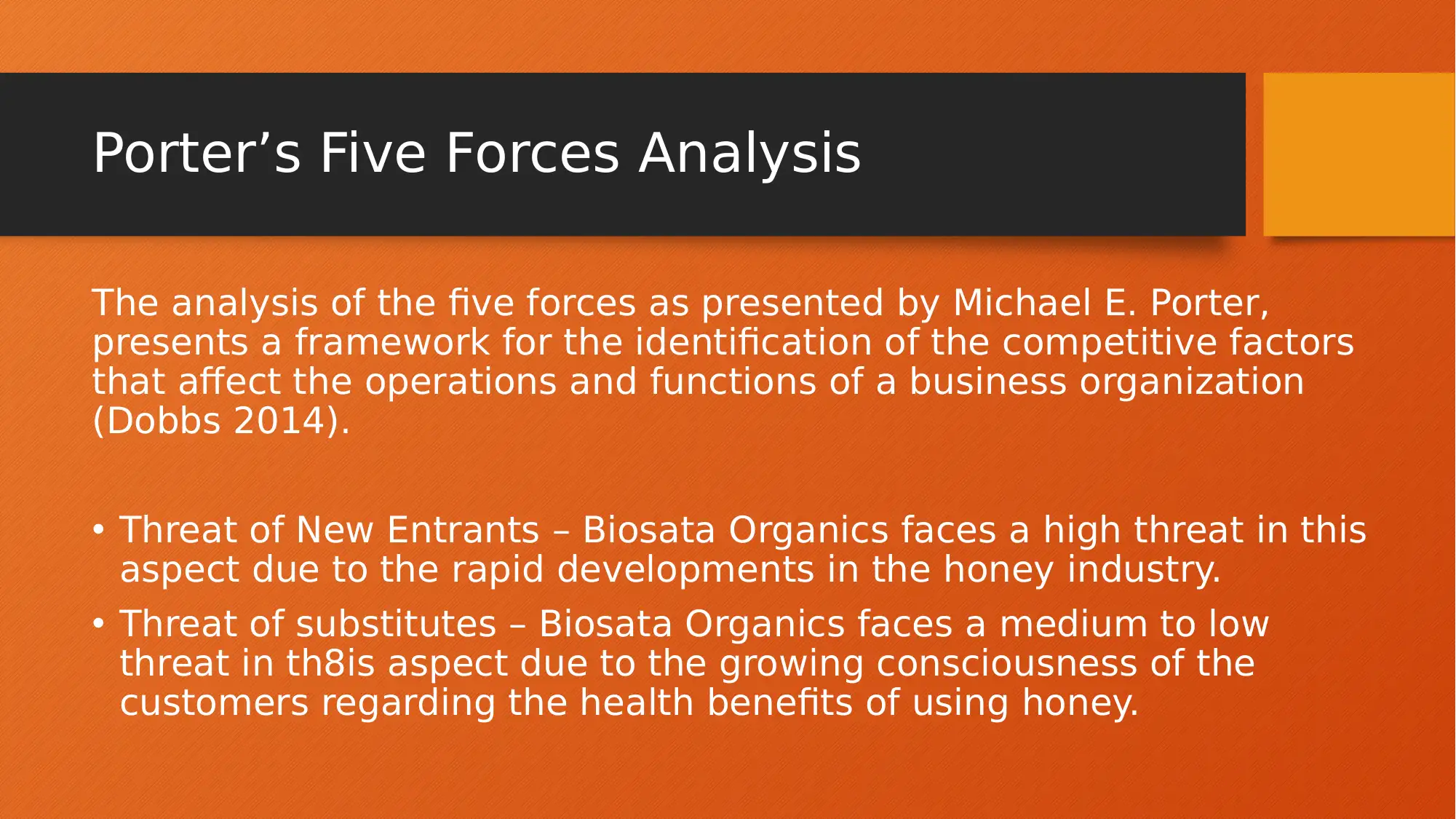
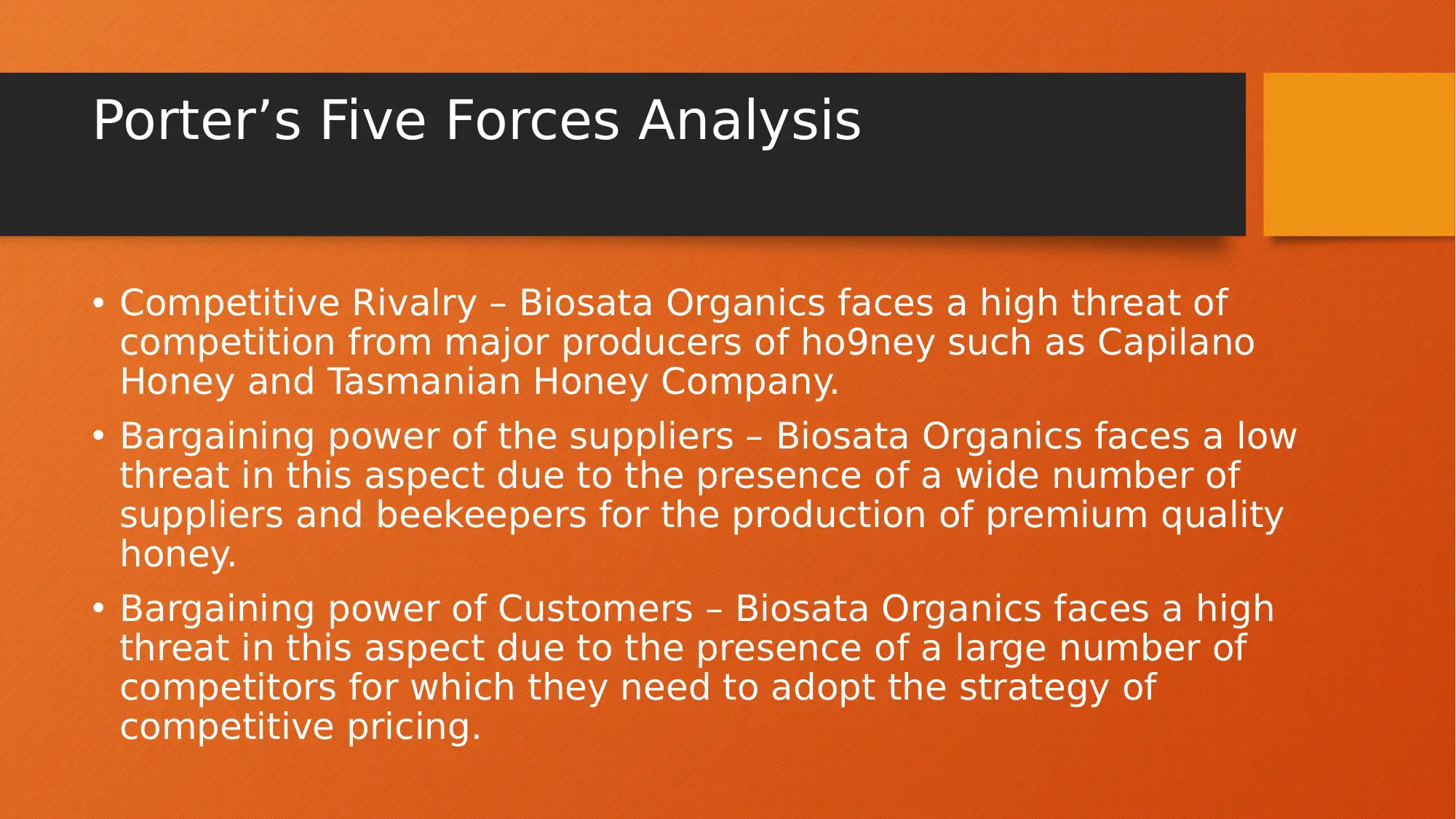
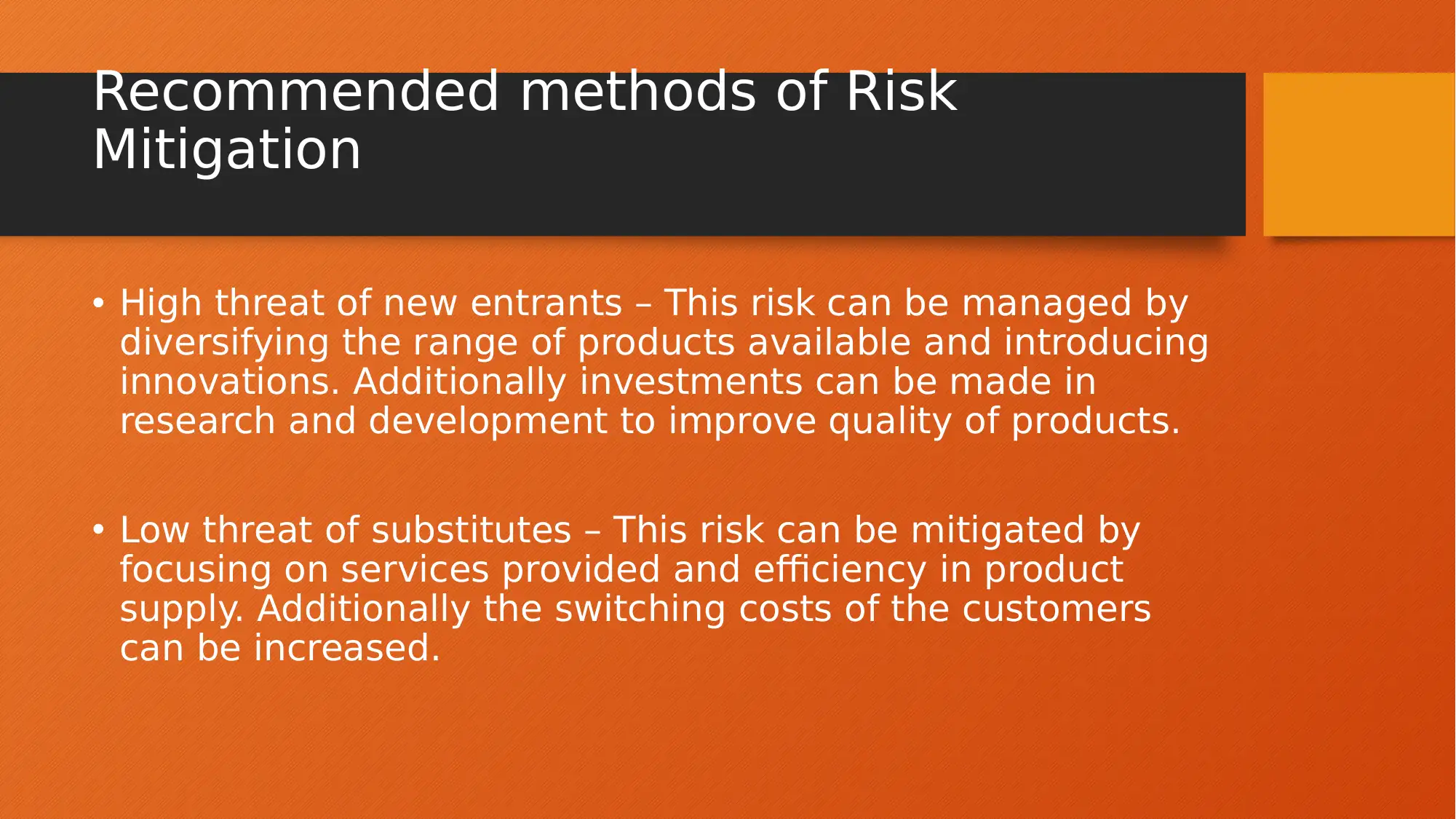






![[object Object]](/_next/static/media/star-bottom.7253800d.svg)